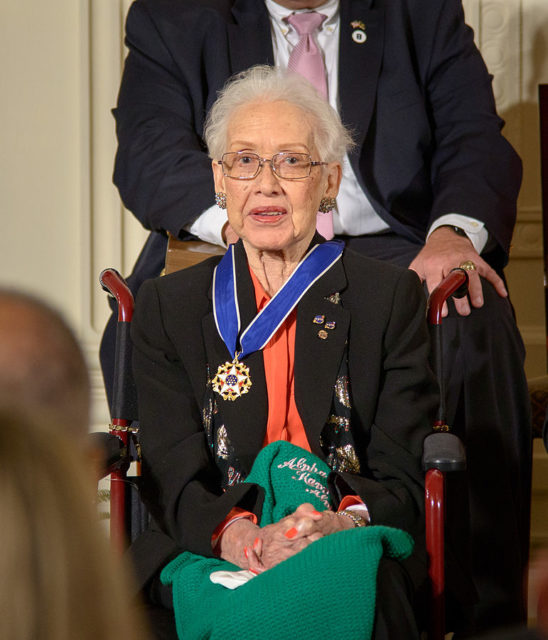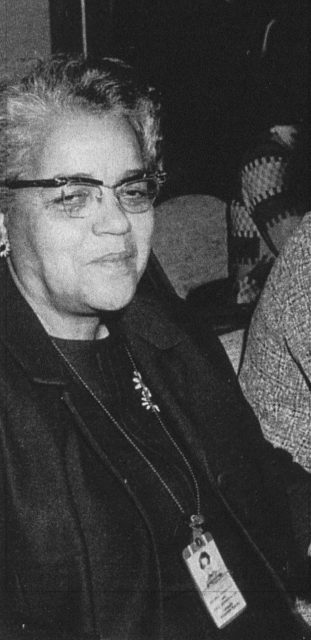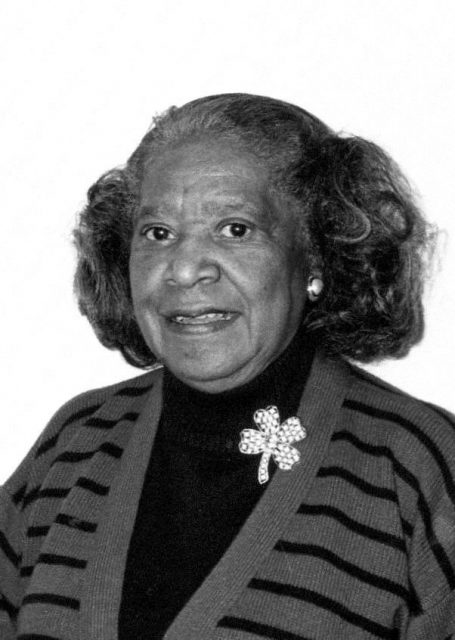There are three women who were part of the early team of NASA without whom the success of the United States space program would not have been possible.
Their names are Katherine Johnson, Dorothy Vaughan, and Mary Jackson. Besides being geniuses, they were all African-American and they worked at the Langley Research Center in Hampton, Virginia, as part of the West Area Computers division.
Like the rest who belonged to this unit, they were required to work, eat, and use bathrooms that were separate from their white colleagues. Their facilities were labeled as “Colored Computers.”
Katherine Johnson
In case you have missed out on hearing the story, Katherine Johnson was one of the most brilliant mathematicians in NASA back in the day. She was offered the job in 1953 and joined the early NASA team in the West Area Computers division where she literally worked as a “computer,” analyzing topics like gust alleviation for aircraft.
Her group was comprised of hundreds of other female mathematicians who first joined the unit during WWII with the aim to begin careers in aeronautical research. Though Johnson was advised not to chase such a career, she entered the group. In 1958, once the “color divisions” at NASA were abandoned, she was reassigned to another department that allowed her to be part of very important missions.

Katherine worked on Project Mercury, the first human spaceflight program which ran from 1958 to 1963. She created a sophisticated equation to solve the problem of slowing the space capsule, as well as to enable the capsule’s safe re-entry and landing at a particular point. She calculated trajectories or emergency backup returns for several flights that were conducted within Project Mercury. Thanks to her calculating abilities, she gained a reputation as one of the most accurate mathematicians at NASA.
Her success led her to even more prominent missions. Johnson calculated the trajectory for the 1969 Apollo 11 flight to the Moon. In the following year, she also worked on the Apollo 13; as the mission was aborted, her calculations helped the team chart back-up procedure and safely return to Earth.
In the latter part of her career, Katherine continued to work on the Space Shuttle program, as well as on plans for a mission to Mars, among other projects. If it wasn’t for this woman’s calculations, many of the NASA missions would have failed.
Dorothy Vaughan
When Katherine Johnson arrived at the West Area Computers division in NASA, her supervisor was yet another extraordinary woman, Dorothy Vaughan. Vaughan was in the “colored computing” department since 1949, when she was assigned to the head of the team. She was the first Black supervisor at NASA (or NACA at that point) and served for many years before she was promoted to such rank.

Once she learned that her group could be replaced with the installation of new IBM 7090 computers, which were designed for “large-scale scientific and technological applications,” Dorothy self-taught the Fortran programming language. As she expected the language to be demanded in the forthcoming years, she went on to teach the rest of the women in her unit as well; there was nobody else to prepare the West Area for such transition.Vaughan was always committed to her group and engaged to find them opportunities where they could progress. That was the case when she was assigned to the IBM team after she successfully got the IBM computer to work, while the IBM engineers previously failed to do that.
She only accepted the assignment after all the women of her unit were allowed to join and help program the computer.
During her career at Langley, Vaughan was also raising four children and commuted to work from Newport News via public transport. While she worked at Langley during the Space Race she would note that it felt like being on “the cutting edge of something very exciting.” As for being an African-American woman during that time, she had remarked: “I changed what I could, and what I couldn’t, I endured.”
Mary Jackson
Last but not least, Mary Jackson entered the West Area Computers division in 1953. She was accepted to work on a project that concerned Supersonic Pressure Tunnel, used to study forces on a model by generating winds at almost twice the speed of sound.

Mary worked under engineer Kazimierz Czarnecki, who encouraged her to obtain some additional education that was required, so she could be promoted to an engineer.
Jackson needed to take advanced math and physic courses, which were available at a night program conducted by the University of Virginia, at the all-white Hampton High School. At first, she was denied admission to the program, but Jackson petitioned the City of Hampton to allow her to attend these courses.
She got into the program, went through the courses, and in 1958 was promoted to aerospace engineer. Mary Jackson became NASA’s first black female engineer. She analyzed data from the wind tunnel experiments and real-world aircraft flight experiments; her goal was to understand airflow and the work she did enforce the operation of U.S. planes.
Each of these three women stood out from the crowd and was a pioneer. They were role models for women and other minorities in science. If it wasn’t for them, the NASA story would have probably sounded very different.
Their stories got more popular after author Margot Lee Shetterly published a biography book about them, and Twentieth Century Fox released a movie based on it in 2016. The movie entitled Hidden Figures is already rated as one of the ten best movies in 2016.
